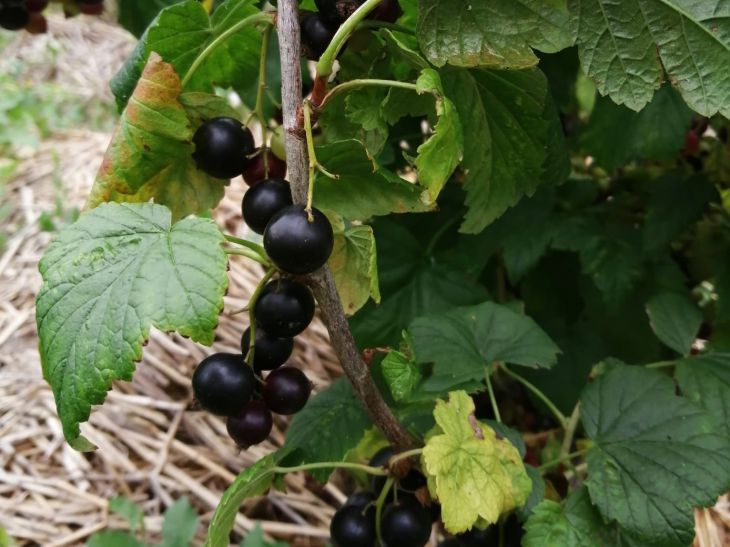Blackcurrant bushes can be found in many garden plots. It is not demanding in care, and from the harvested crop you can get various delicacies: tart confiture, sour jam, rich compote, delicate jam for pies.
Red currant is less popular, but more demanding in care. Fewer berries ripen on the bush than on the black one. It is more susceptible to diseases.
If you have bushes growing on your own garden plot that produce a quality harvest, it is irrational to buy new seedlings. Currants are easy to propagate.
It is very important to do this on time, since the peak fruiting period for bushes lasts from four to eight years.
Since spring has come, I will tell you how to propagate a bush at this time of year.

Propagation of currants by layering
The easiest way. If you don't rush, the survival rate will be close to one hundred percent. The essence of the method is that a two-three-year-old branch of black currant is bent to the ground in the shape of an inverted rainbow, and the lowest point is secured with a pin made of thick wire or metal. This must be done immediately after the snow melts.
The disadvantage of this method is the long period of time it takes to obtain the result: it is better to separate the young plant from the mother bush the following spring. In regions with warm late autumn, transplantation is permissible before the onset of cold weather.
Redcurrant branches are harder to bend. They are less flexible. Therefore, the vertical layering method is used. Only young shoots are left on the bush: their length is shortened by 2/3.
Rapid growth of young shoots from the remaining buds occurs. When their length reaches 15 cm, the branches are covered with wet soil.
During the summer, the soil is added and loosened several times, constantly monitoring the humidity. In the fall, young bushes with a developed root system are ready for transplantation.
Dividing the bush
A quick but labor-intensive process, the method is used before bud break in early spring.
Various sources write that preliminary watering is necessary. From my own experience, I have come to the conclusion that it is better to water only transplanted plants when all earthworks are completed.
Soil that has become soggy under the influence of water does not hold well on the root system when the plant is being moved. Why does it need extra stress?
Cuttings
This method is good for its simplicity: it takes a few minutes to select and cut off a cutting. It is easy to get a bush by asking neighbors or friends for cuttings of shoots.
The survival rate of cut off parts is 90 percent if the actions are performed correctly.
In spring, I select woody branches of black currants 6-8 mm thick with developed buds. The pruning shears should be sharp and clean. I divide each branch into parts of 30-40 cm.
We don't need the green top when cutting blackcurrant, nor the leaves. I treat the cuts with an alcohol-containing liquid.
To speed up the process, I place the cuttings in water, not in the soil, adding fertilizer with nitrogen, phosphorus and potassium. When the roots grow as long as a finger, I plant the bushes in cups, and after forty-five days - in open ground. We leave two or three buds on the surface, tilt the trunk at 45 degrees. It would be a good idea to soak the shoots in a growth activator before planting. Humus with sand in equal proportions is an ideal soil.
Red currants are more successfully propagated by green cuttings. It is better to do this at the end of spring. In this case, the leaves are not removed. The cutting is immediately placed in pre-fertilized, moist soil. For the first two or three days, it is advisable to water the soil twice a day. The survival rate of cuttings is more than 50 percent.
When cutting, the cuts are made like this:
• upper – straight;
• lower – beveled.
Some summer residents try such a method of currant propagation as planting seeds. When using it, you need to be well versed in selection. The grown plant will most likely have different qualities than the one from which the seeds were taken.
Earlier we talked about how to protect seedlings from cats.








